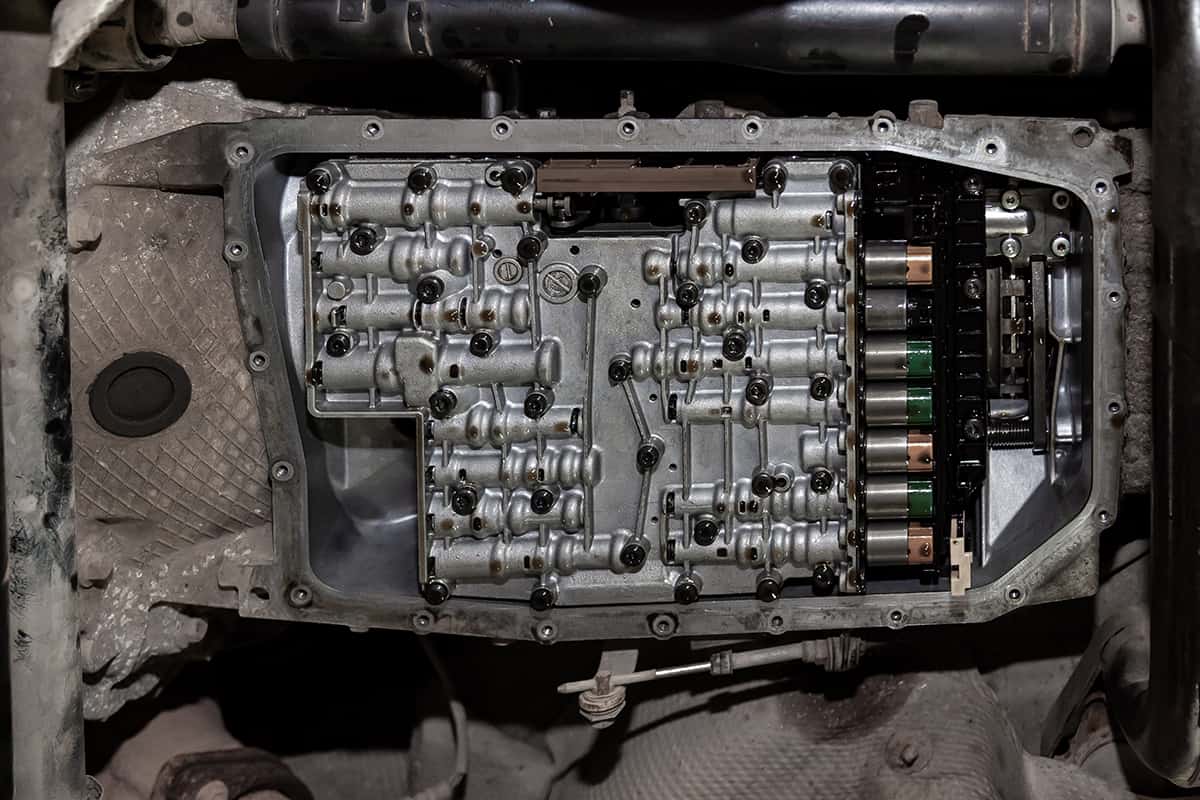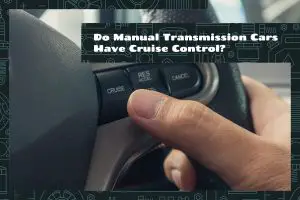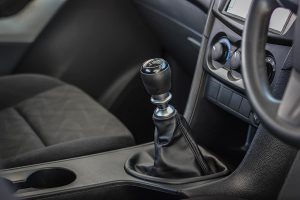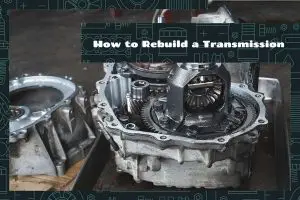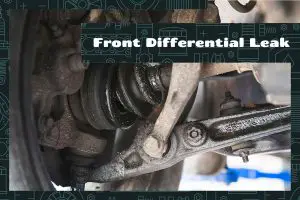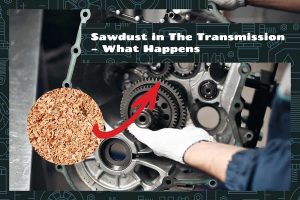The shift solenoid is an important part of your car that helps control how and when your vehicle changes gears. Just like any part of your car, it can sometimes have problems. These problems can cause your car to act strangely, such as changing gears when it shouldn’t or not changing gears when it should.
The signs of a bad shift solenoid include:
- Your car doesn’t change gears smoothly.
- Your car gets stuck in one gear.
- Your car changes gears when you’re not expecting it to.
- Your car goes into ‘limp mode,’ which means it restricts your speed to avoid causing more damage.
In this article, we’re going to delve deeper into what a shift solenoid is, how to tell if it’s going bad, and what to do if it does.
Shift Solenoid: Core Concepts
A shift solenoid is an electro-hydraulic valve that manages how much fluid flows into the transmission of your car. It uses electrical signals from the car’s computer to control its actions. This is why when there’s an electrical problem, the shift solenoid can misbehave.
The main job of the shift solenoid is to help the car shift gears smoothly. As you speed up or slow down, your car needs to shift into different gears to keep running efficiently. The solenoid gets signals from the car’s computer about how fast you’re going and how hard you’re pressing the accelerator.
Using this information, it opens and closes to let transmission fluid flow into the right gears at the right time. If this process is disturbed, you might experience problems like jerky shifts or getting stuck in gear.
Identifying a Bad Shift Solenoid: Common Symptoms
When a shift solenoid starts acting up, your car will give you clues. It might behave strangely or show warning signs. Here are some common symptoms that could indicate a problem with the shift solenoid.
1. Delayed gear shifting
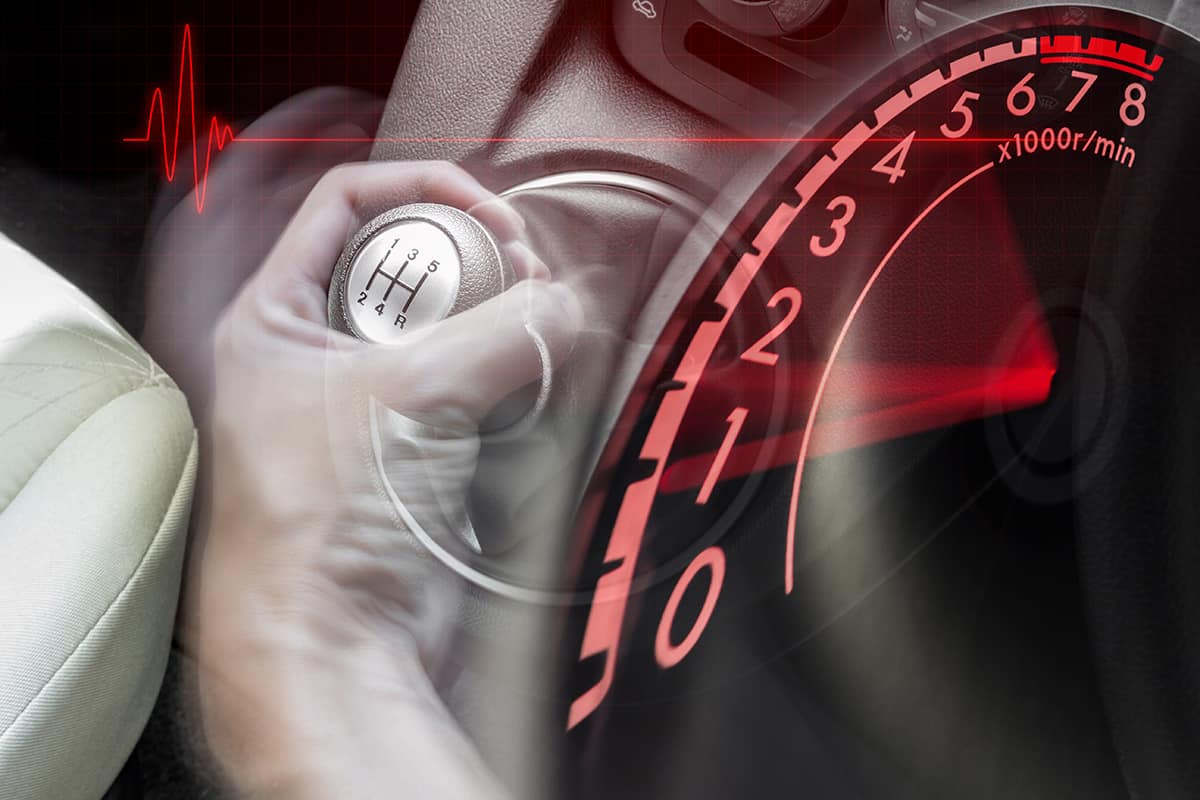
It’s like your car is hesitating or sluggish when you try to speed up or slow down. This can be a sign of a bad shift solenoid. The solenoid isn’t properly controlling the flow of fluid, causing a delay in shifting gears.
2. Transmission stuck in a single gear
This is when your car gets stuck in one gear and refuses to shift. You might be trying to speed up, but your car won’t shift into a higher gear. Or you might be trying to slow down, but your car won’t shift into a lower gear. This could mean that the shift solenoid isn’t opening or closing the way it should.
3. Unexpected gear shifting
You might be cruising along at a steady speed, and suddenly your car shifts into a higher or lower gear. This can be jarring and make your ride uncomfortable. It’s a sign that the shift solenoid might be sending incorrect signals, causing the car to shift gears at the wrong time.
4. Vehicle entering ‘limp mode’
‘Limp mode’ is a safety feature in cars. When the car’s computer system detects a serious problem, like a malfunctioning shift solenoid, it activates limp mode. This limits the car’s speed and prevents it from shifting beyond a certain gear. If your car goes into limp mode, it’s a strong sign that something is wrong, possibly with the shift solenoid.
Causes of Shift Solenoid Malfunction
Shift solenoids can stop working properly due to several reasons. Here are some common reasons why a shift solenoid might malfunction.
1. Electrical issues
Shift solenoids get electrical signals from the car’s computer, telling them when to open and close. But sometimes, there might be an electrical problem. There could be a broken wire, a loose connection, or an issue with the car’s computer.
2. Mechanical failures
Mechanical parts can break down over time, and the shift solenoid is no exception. It might get stuck open or closed. If it’s stuck open, too much fluid flows, causing the gears to shift too quickly or at the wrong time. If it’s stuck closed, not enough fluid flows, causing delayed gear shifts or no shifts at all.
3. Fluid contamination
The transmission fluid in your car helps everything run smoothly. But if the fluid gets contaminated with dirt, debris, or metal shavings, it can cause problems. These contaminants can block the shift solenoid, preventing it from opening and closing properly.
4. Normal wear and tear
Over time, this wear and tear can cause the shift solenoid to break down and malfunction. This is especially true if you do a lot of driving, have a heavy foot on the accelerator, or often carry heavy loads in your car.
Diagnosing a Bad Shift Solenoid
You or a mechanic can use a device called an OBD-II scanner. This tool can read error codes from your car’s computer. These codes can tell you if the shift solenoid is acting up. Codes related to the shift solenoid usually start with ‘P07’ or ‘P08’.
Another way to diagnose is to check the transmission fluid. If it’s dirty or has metal shavings in it, this could indicate a problem with the shift solenoid. The fluid should be clear or slightly pink and shouldn’t have a burnt smell.
Lastly, a mechanic might need to inspect the shift solenoid directly. This involves opening up the transmission, which can be complex. It’s usually best to let a professional handle this.
Repairing and Replacing a Bad Shift Solenoid
Once you’ve diagnosed a bad shift solenoid, the next step is to repair or replace it.
Repairing a shift solenoid
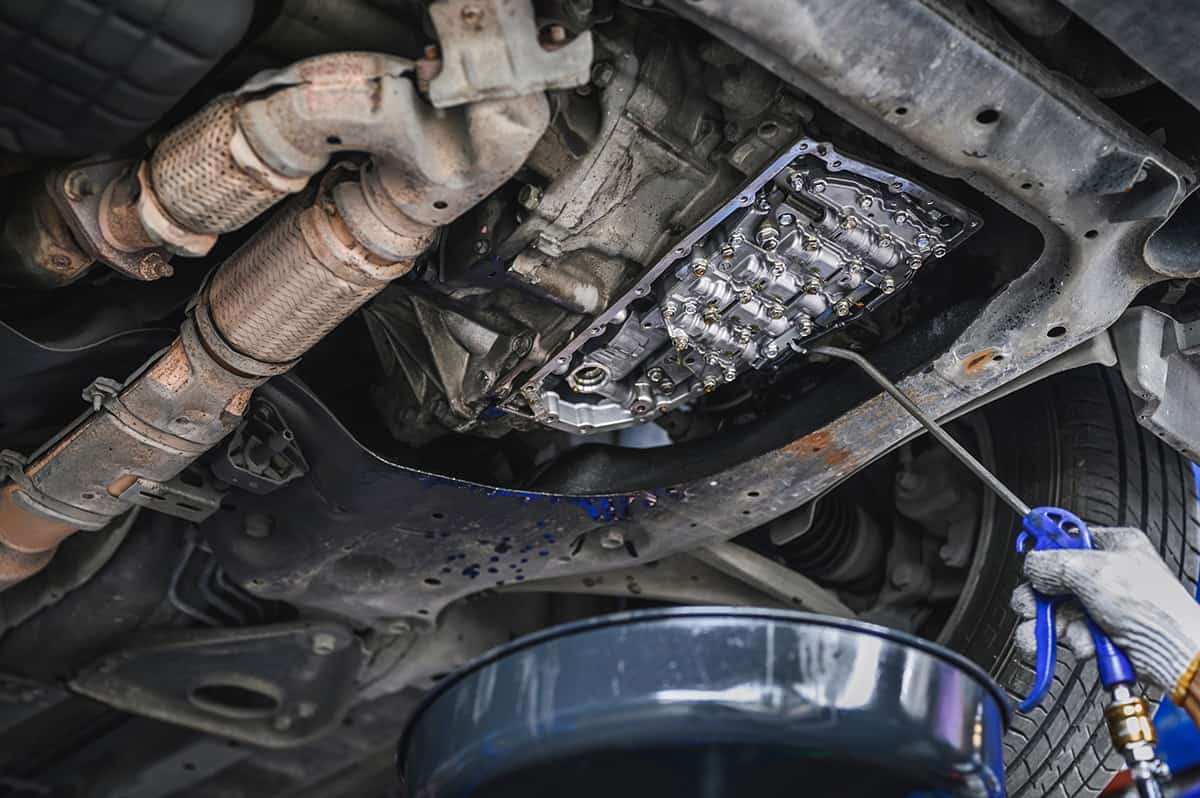
If the problem is due to dirty transmission fluid, you can change the fluid and clean the solenoid. If it’s an electrical issue, like a broken wire or a loose connection, that can often be fixed too. However, if the solenoid itself is stuck open or closed due to mechanical failure, it usually can’t be repaired.
Here’s a general guideline for repairing a shift solenoid:
- Safety first: Ensure the vehicle is turned off, in park or neutral, and the handbrake is engaged.
- Locate the shift solenoid: Check your vehicle’s manual to locate the transmission and the shift solenoid.
- Disconnect the battery: Disconnect the negative terminal of the battery for safety.
- Remove the solenoid: Disconnect the wires attached to the solenoid and remove it.
- Clean the solenoid: Clean the solenoid and its connections using a proper solvent or cleaner. Check the solenoid for any signs of physical damage.
- Check electrical connections: Ensure all electrical connections are intact and clean.
- Reinstall the solenoid: Once cleaned, reinstall the solenoid and reconnect the wires.
- Reconnect the battery and test: Reconnect the battery, start the vehicle and test the gears to see if the problem is resolved.
Replacing a shift solenoid
This involves removing the old one and installing a new one. This can be a complex job, as the solenoid is often located inside the transmission, which can be difficult to access. A professional mechanic is usually the best person to do this job.
FAQs
1. Can a bad shift solenoid damage the transmission?
Yes, a bad shift solenoid can damage the transmission. If the solenoid is not working properly, it won’t control the flow of transmission fluid correctly. This can lead to too much or too little fluid being sent, which can cause the transmission to shift at the wrong times.
2. How to test a shift solenoid?
A mechanic uses a special tool called an Ohmmeter. This tool measures resistance in the solenoid. If the resistance is too high or too low, it means the solenoid is not working correctly. Another way to test is to use an OBD-II scanner. This device can read error codes from your car’s computer, which can tell you if the solenoid is having problems.
3. What does a bad shift solenoid sound like?
A bad shift solenoid might not make a specific sound, but it can cause your car to make unusual noises. For example, you might hear a clunking or thudding noise when your car shifts gears. Or, your car might make a whining or humming noise. These sounds can happen because the solenoid is not controlling the flow of transmission fluid properly.
